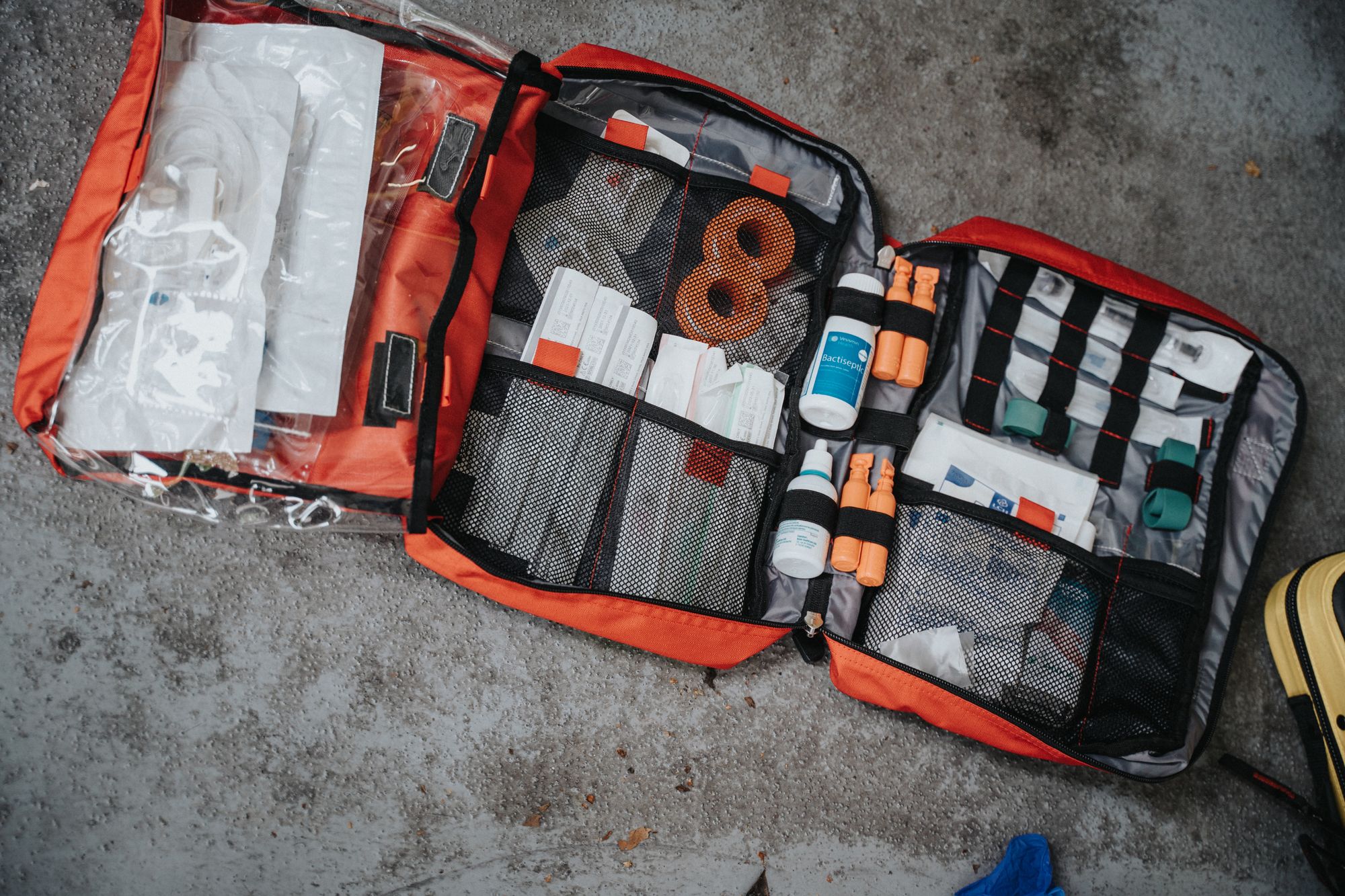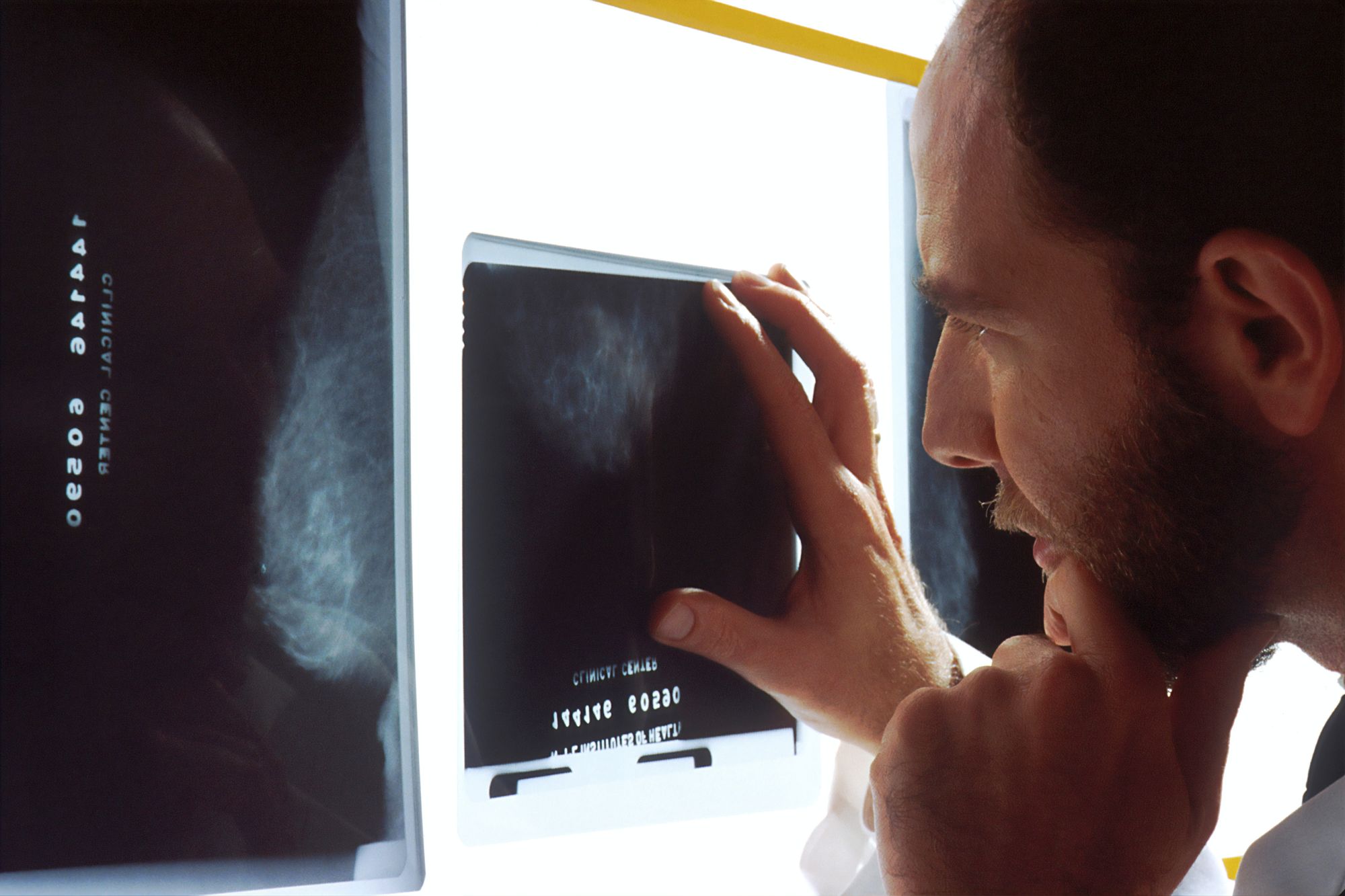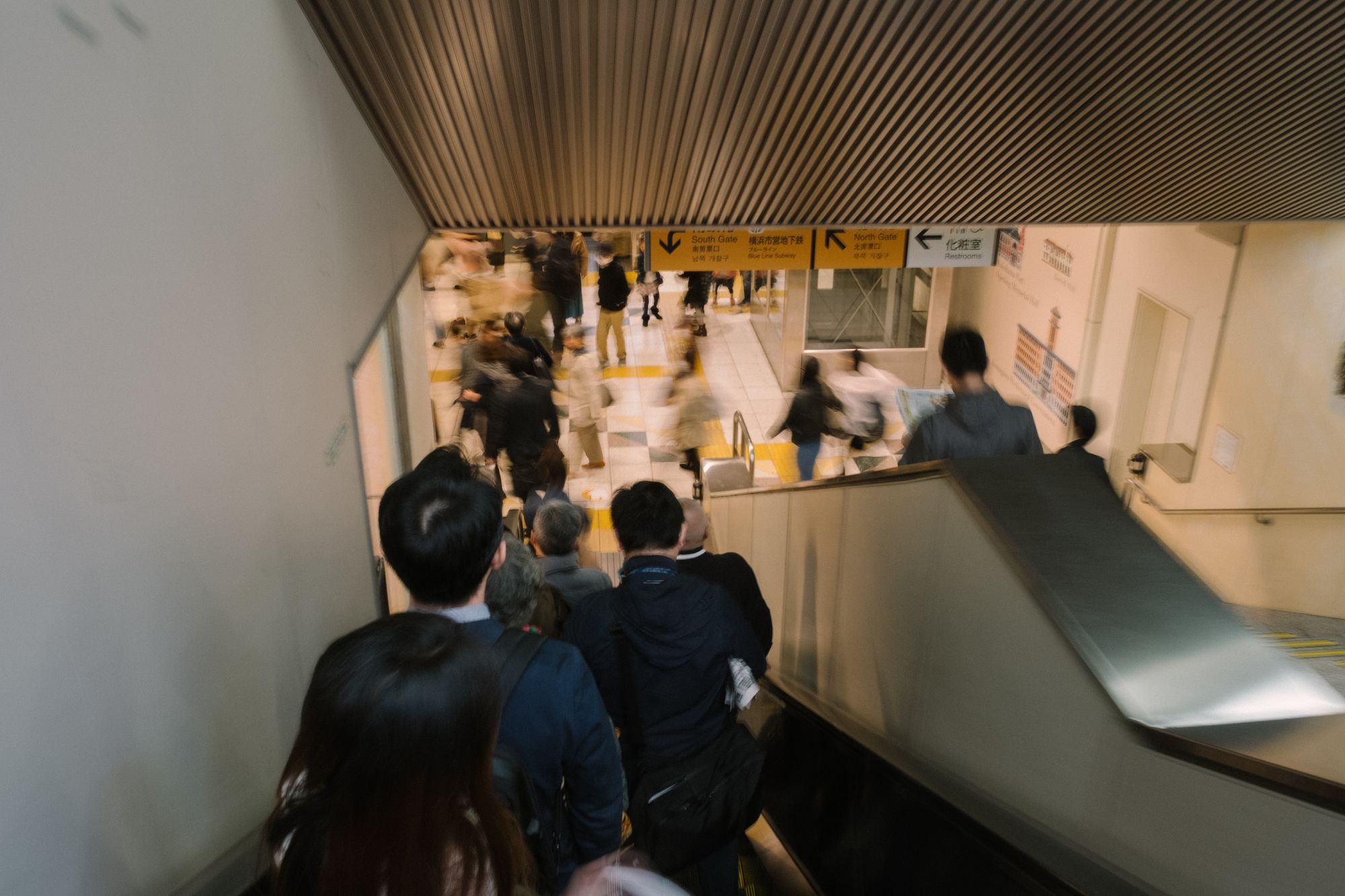
The 8 Essential Items Every Emergency Kit Needs
Emergencies are unpredictable, and it’s always best to be prepared. Building a comprehensive emergency kit can help you survive the unexpected, whether a natural disaster, power outage, or other emergency situation.
Every home should have an emergency kit and plan. Emergencies can happen at any time of day, and therefore it is important for households to be prepared with the necessary materials for any type of situation. By having a combination of items such as non-perishable food and water, essential tools and first aid supplies, batteries, flashlights, and radios, you can substantially lower the risk of disaster in a crisis. Reviewing what types of emergencies could occur in your area and planning appropriately is also beneficial. Educating yourself on the dangers that may arise can help you be more aware of potential threats in advance.
Additionally, an evacuation plan is essential to ensure a safe and fast exit from your home during an emergency. Developing the proper steps for family members will make evacuating easier if needed. Taking proactive measures like these will help reduce loss by enabling each household to safely get through any risk or threatening circumstance.
Here’s what you should always have in your emergency kit.
Flashlight & Batteries: A flashlight is essential to any emergency kit. It helps you navigate dark spaces and keeps you safe if the power goes out. Flashlights can also provide security for you and your family should a hazardous situation arise; they are useful for any outdoor pursuits too. Its portable qualities mean it’s easily placed in a backpack or car glove compartment for those just-in-case moments. With advancements made in LED technology and even solar-powered light sources, flashlight bulbs are now more powerful and longer lasting than their predecessors. If a hurricane, tornado, or snowstorm should require evacuation on short notice, grab that flashlight along with the rest of the emergency supplies you have stocked up. Make sure to include extra batteries in your kit. Be prepared – it is better to be safe than sorry!
Multi-Tool: A multi-tool is one item that will be useful for many emergency situations. A multi-tool consists of several small implements that can help you with various tasks like cutting, sawing, and opening containers.
First Aid Kit: No emergency kit is complete without a first aid kit containing necessary supplies like bandages, antiseptic wipes, gauze pads, tape, and scissors. Make sure to keep your first aid items up to date and replace expired items regularly.
Extra Clothing & Blankets: Extra clothing items like socks and sweaters are important because they can help keep you warm if temperatures drop suddenly or the power goes out. Blankets can also provide extra warmth during cold weather conditions or while waiting for help during evacuation.
Non-Perishable Food & Water: Include non-perishable food items like energy bars and canned goods, as well as enough water for each family member for at least three days. Keep this food stored in airtight containers, so it doesn’t spoil over time.
When creating an emergency kit, there are certain foods you will want to include in your kit that are not easily perishable. Dried fruits, nuts, seeds, dried meats such as jerky, energy, granola bars, and canned foods like soup or vegetables should all be included in your emergency supply kit. In addition to having a longer shelf life than most food products, these items are easy to transport and require no refrigeration during the storage period. With these items, you can quickly replenish nutritional needs during emergencies while ensuring your food supplies do not expire before they are used.
Fire Extinguisher/Flares/Matches/Lighter: Having fire extinguishers on hand could save lives by quickly putting out fires caused by cooking accidents or electrical malfunctions during a power outage.
There are some important things to note when it comes to having an extinguisher handy in case of a fire. First, familiarize yourself with the different types of fire extinguishers so you can choose the right one for each situation. Look for UL ratings on your extinguisher, and be sure to check its expiration date regularly to ensure it is still effective. Second, when attempting to put out a fire, keep your back to an exit and aim the nozzle low at the base of the flame. This will help contain the flames while the fire is extinguished. Lastly, if you feel overwhelmed by the situation or are unable to properly operate an extinguisher, evacuate immediately while calling 911 if necessary. In an emergency like this, prevention is key – make sure your environment is free from any potentially hazardous materials and learn how to use a fire extinguisher properly, just in case!
Whistle & Radio/Communication Device: These two items will enable you to signal for help when needed and stay informed about current events during emergencies.
Whistles can provide a source of sound that can help rescuers locate victims in dangerous environments where voice calling may be difficult or even impossible. Not only do they make sound usable over distance, but they also help to create immediate recognition – enabling people to know who needs help and where it is coming from. Radios also play a crucial role in emergencies as they provide reliable long-range communication that enables rescuers to be on the same page, coordinate operations, and easily account for other responders or victims present at the scene. Ultimately, whistles and radios represent key tools for rescue teams when responding to life-threatening situations; without them, accidents could turn into tragedies.
Cash/Credit Cards: In case of an emergency situation (especially if ATMs are not working), make sure to include some cash as well as credit cards that have been preloaded with funds, so you have access to money when needed.
Being prepared for emergencies is crucial; an emergency kit can make all the difference if the unexpected happens. It’s important to build an emergency kit that contains all the essentials listed above—flashlights and batteries, multi-tool, first aid supplies, extra clothing and blankets, non-perishable food and water storage containers, fire extinguisher/flares/matches/lighter whistle and radio/communication device plus cash/credit cards—so that your family is ready for anything! Remember – being prepared means peace of mind!

